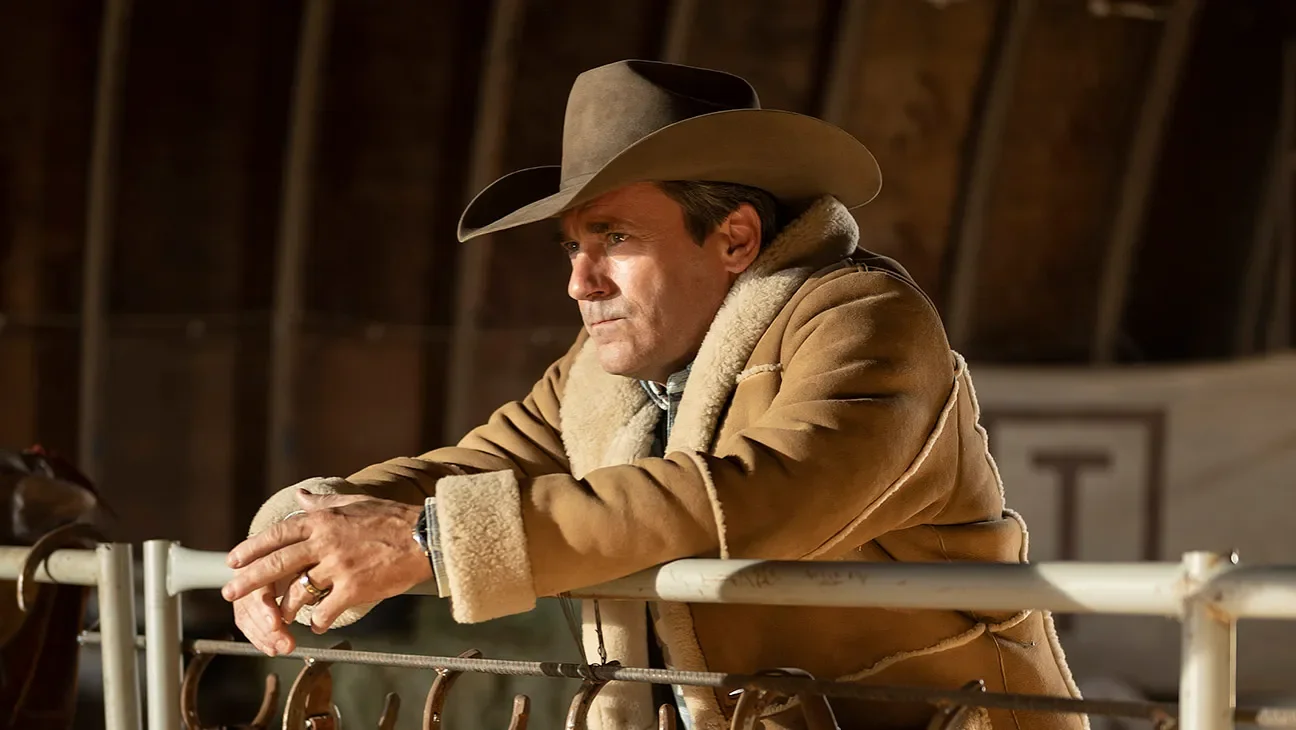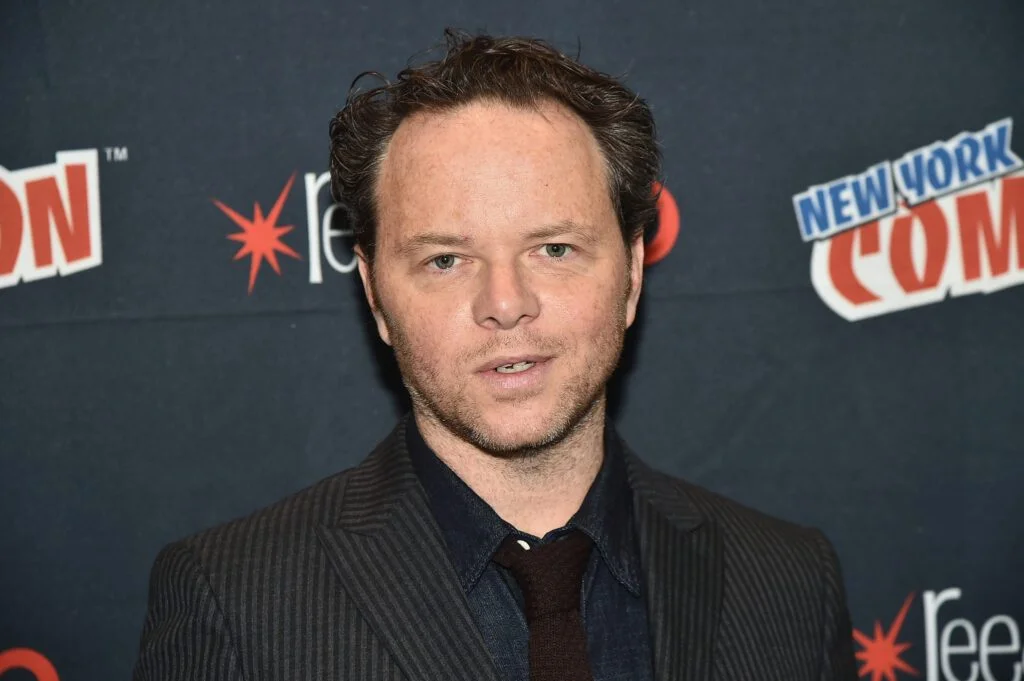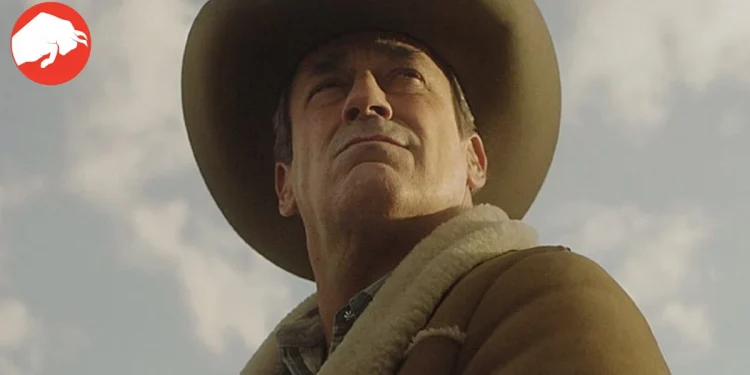The Setting of Season 5: A Return to Roots
“Fargo,” a series acclaimed for its enthralling narrative and unique storytelling approach, has returned for its fifth season, bringing viewers back to the captivating landscapes of Minnesota and North Dakota. This season introduces Dorothy “Dot” Lyon, portrayed by Juno Temple, as the central figure. Residing in Scandia, Minnesota, Dot appears to be an ordinary housewife. However, beneath this facade lies a past brimming with secrets, pursued by Jon Hamm’s character, Sheriff Roy Tillman of North Dakota.
The early episodes of Season 5 display a narrative split between Scandia and the North Dakota county under Roy’s domineering control. This geographical duality adds depth to the storyline, immersing viewers in a world where every location holds significance.

Fargo’s Timeline: Navigating Through Different Eras
Season 5 of “Fargo” is notably set in 2019, bringing the series closer to the present day than ever before. This proximity to contemporary times adds an intriguing layer to the narrative. The show has historically been defined by the eras in which its various seasons are set. From the early 2000s in Season 1, the late 1970s in Season 2, the start of this decade in Season 3, to the mid-20th century in Season 4, each season of “Fargo” is distinctively marked by its temporal setting.
This chronological diversity not only enriches the show’s storytelling but also provides a unique lens through which to view the evolving dynamics of its fictional universe.

Noah Hawley: The Architect Behind Fargo
Noah Hawley, the creator and primary writer of “Fargo,” is renowned for his versatility and creative prowess. His works span various genres and mediums, from the surreal “Legion” to the procedural drama “Bones.” Hawley’s filmography includes “The Alibi” and the directorial venture “Lucy in the Sky.” His literary contributions include five novels and the non-fiction work “Fargo: This is a True Story,” published in 2019.
Hawley’s association with a potential TV adaptation of the “Alien” film franchise further cements his status as a creative force in the industry. His continued involvement with “Fargo” remains pivotal to its success, and the anticipation for a sixth season hinges on the reception of Season 5.

Embracing the Legacy and Future of Fargo
Fargo’s Ever-Evolving Narrative Landscape
“Fargo” stands as a testament to the power of innovative storytelling in television. Its anthology format allows for a rich exploration of characters, settings, and narratives, all while maintaining a cohesive thematic link to its origins. The show’s ability to weave together different time periods, locations, and character arcs demonstrates a narrative complexity that is both rare and captivating.
As fans eagerly await news of a sixth season, the enduring appeal of “Fargo” lies in its ability to continuously reinvent itself while staying true to the spirit of the original film by the Coen Brothers. The series’ success is a beacon for creators and viewers alike, showcasing the limitless possibilities of storytelling in the modern television landscape.









